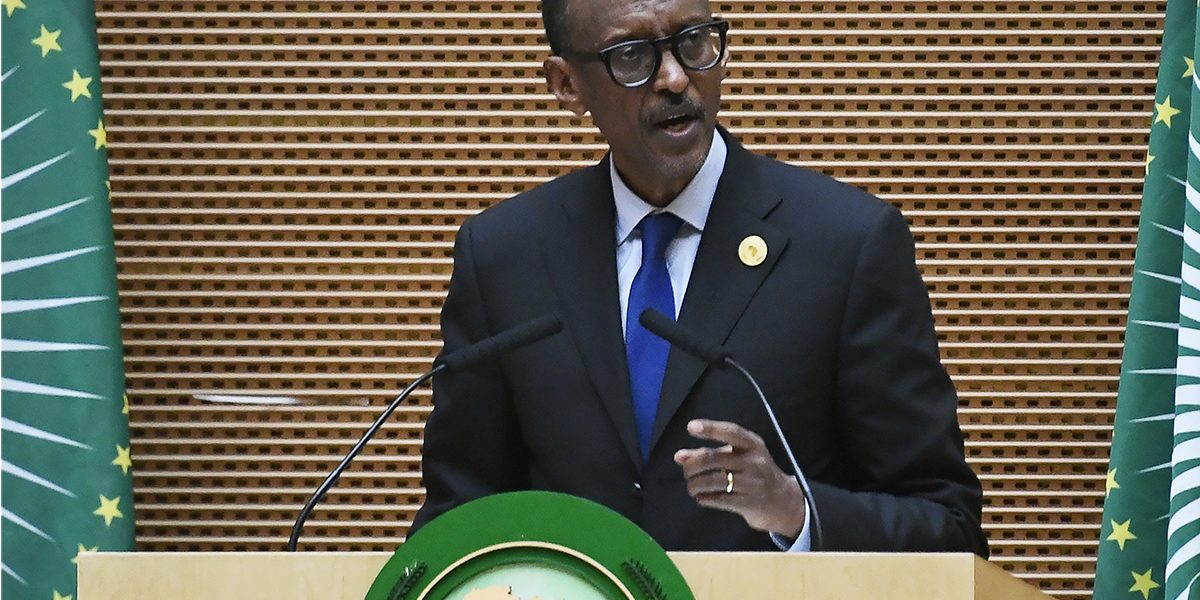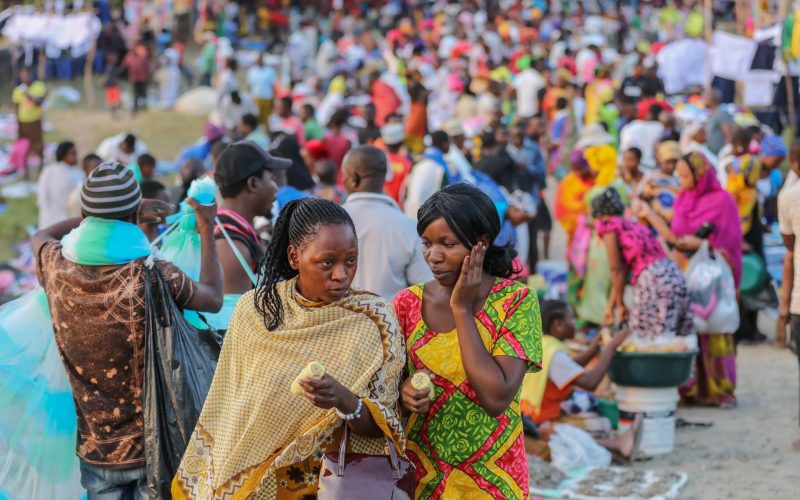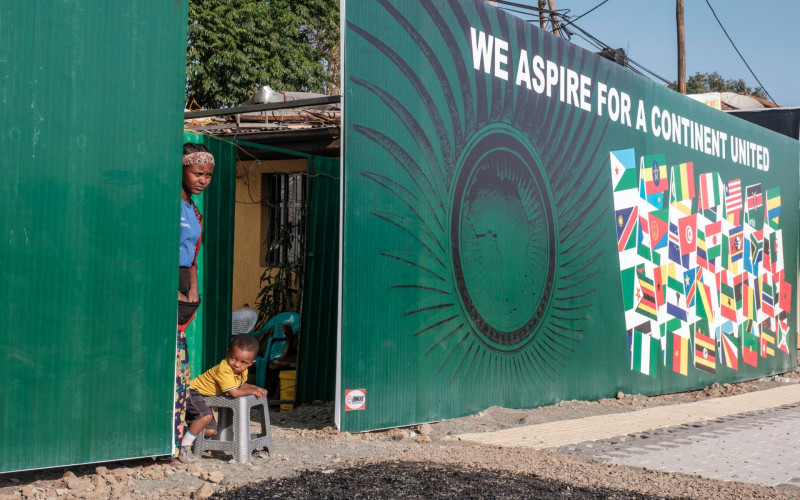The AU is undergoing a reform process, because of its inefficient bureaucracy, lack of implementation of decisions, funding, and overlapping institutional mandates
The ‘The Imperative to Strengthen our Union: Report on the Proposed Recommendations for the Institutional Reform of the African Union’, commonly known as the ‘Kagame Report’, was presented in 2017.
The Kagame Report identified 19 recommendations (later expanded to 21) that covered 6 reform areas namely: focusing on fewer priority areas, a clear division of labour between AU structures, making the AU Commission more efficient and effective, strengthening the current sanctions regime, improving decision-making and the implementation of resolutions after AU Summits and equitable regional representation and gender parity in the recruitment process.
This paper aims to provide an objective assessment of progress made by the Kagame Reforms, including implementation of the Kigali Financing Decision, ensuring the implementation of decisions as well as the changing mandate of two bodies: The African Peer Review Mechanism (APRM) and the New Partnership for Africa’s Development (NEPAD).
Read our analysis piece ‘Kagame’s AU reforms will struggle to survive without him’







